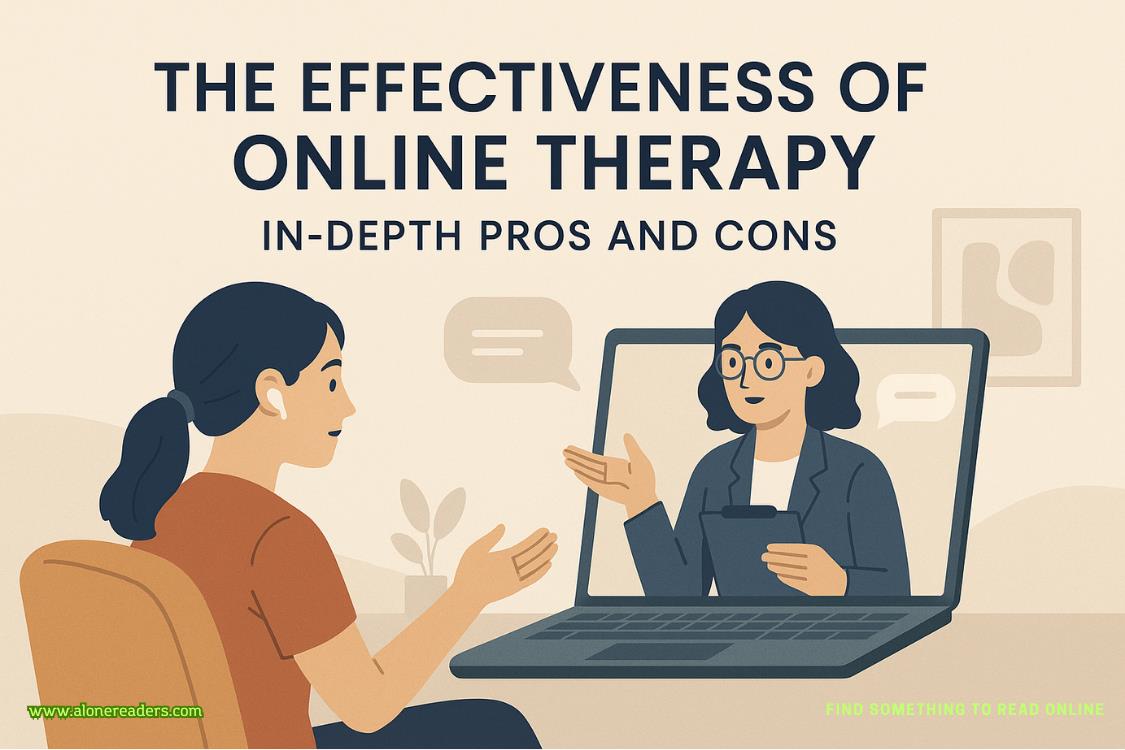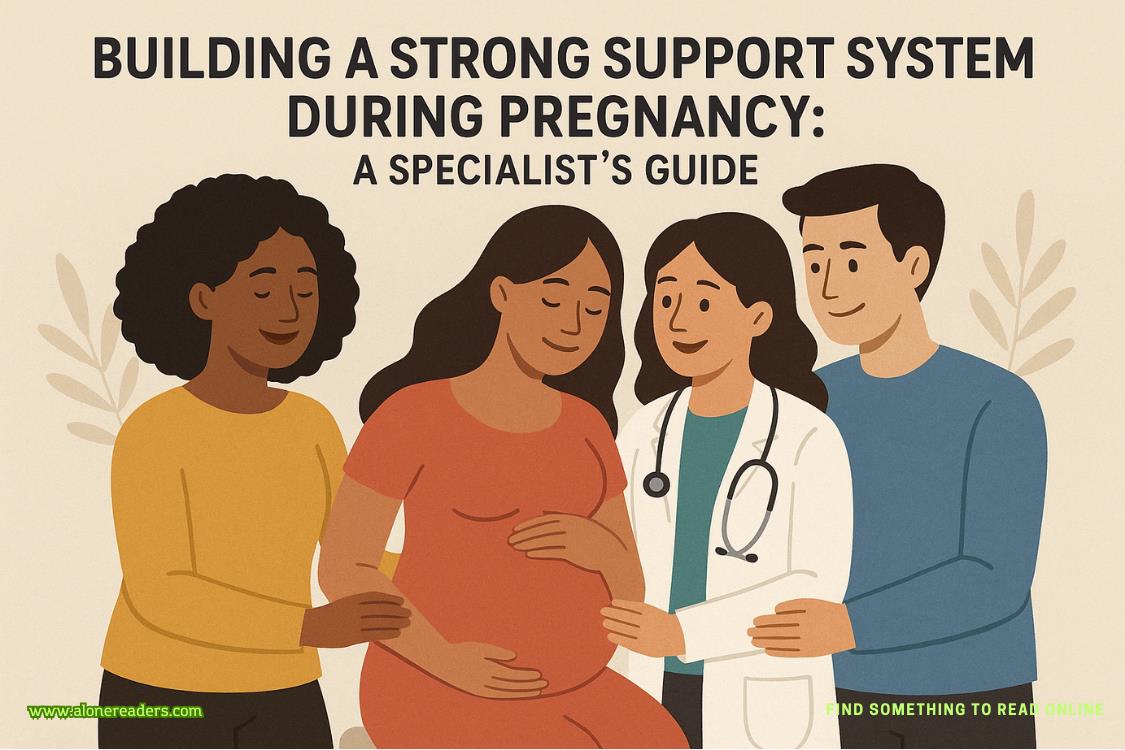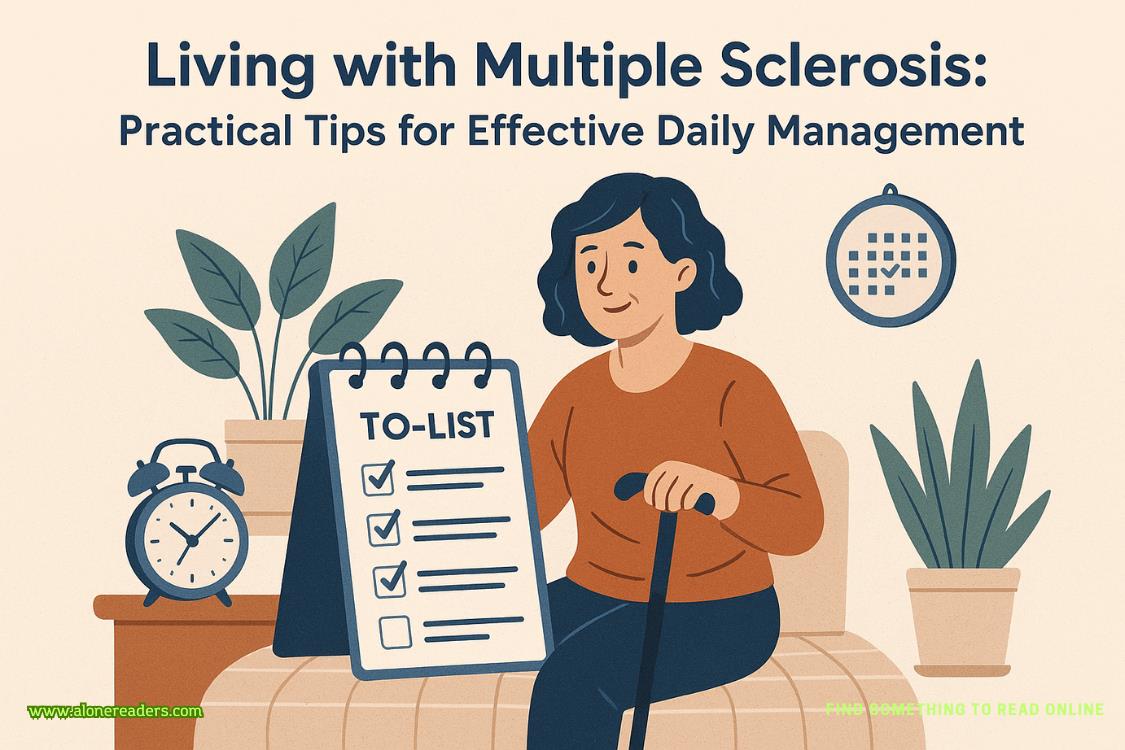“Why, the Annabel Chamberlain School, don’t you think?” John saidsmiling.
“It couldn’t be moreperfect.”
“Will this be my school?” Elizabethasked.
“We’ll need to decide that later,” John said. “You’re still a little too young for schoolyet.”
“But I want to play with other children,” Elizabethsaid.
“And so you shall. In fact, we’re going to meet some children this veryminute.”
“We are?” Elizabeth wasexcited.
John turned to Susan. “Are you ready togo?”
Susan nodded, and John ushered them outside and locked up the house. They got into the carriage and drove over to the worker’svillage.
It was late afternoon and different groups of children were playing in the central square, around which the village was constructed. As the Duke’s carriage drew to a stop, curious children came running over to see who was visiting their tiny village. And as the mothers and fathers were always watchful of their children, they too came out to see who hadarrived.
As most of the men were out with the sheep, the women stood at their doorsteps, arms folded, observing—reluctant to intrude upon the Duke unless he spoke to themfirst.
The Duke, Susan, and his daughter got out of the carriage. Susan had not been here before and she was a little shocked by the obvious poverty of the villageinhabitants.
Several of the younger children came over to greet Elizabeth, and she seemed to bedelighted.
“How many children will the school be serving?” Susan asked John, as she surveyed the playingchildren.
“Perhaps fifty orso.”
“Can I play scotch hop?” Elizabeth asked Susan, tugging at her skirt. “They want me to play with them.” She indicated a group of young girls just a little older than she was, urging her to jointhem.
“Certainly, but don’t go out ofsight.”
Elizabeth ran with the other children to where the scotch hop boxes were drawn in the dust of theroad.
John turned to Susan. “I should speak to some of the parents. I want to let them know about the school. Come with me so I can introduce you as theheadmistress.”
Susan had to laugh. “Oh, yes, I guess I am. I hadn’t thought of myself as that, but I will be, won’tI?”
“Indeed, but also a teacher, Ipresume.”
“Yes. Certainly a teacher aswell.”
John went over to the nearest mother standing at her doorstep. As she approached several other neighboring women joinedthem.
“How can we help you, Your Grace?” The eldest womanasked.
“I’ve come to tell you about the plans for the school. I’m happy to report that the project is finally moving ahead and I want to introduce you to the Head Teacher, Miss Susan Wilton. If you have any questions, please feel free to askher.”
“Good afternoon,” Susan said. “And I would like to ask you questions as well. I want to find out exactly what you need from the school. So speak up,please.”
Susan and the mothers engaged in a lively conversation about the school as John wandered back to the carriage and scanned the square to find where Elizabeth was playing and to keep an eye onher.
Shortly Susan returned and addressed John. “Most interesting. And most useful. Thank you for introducing me to those mothers. It’s given me a lot to think about in designing thecurriculum.”
“Good.”
Susan looked up at John and observed him watching his daughter. She was delighted he was taking an interest in her and felt an urge to put her arm through his but thought better of it. It wouldn’t be appropriate at Haverford, and most certainly wouldnotbe so here in front of thevillagers.















